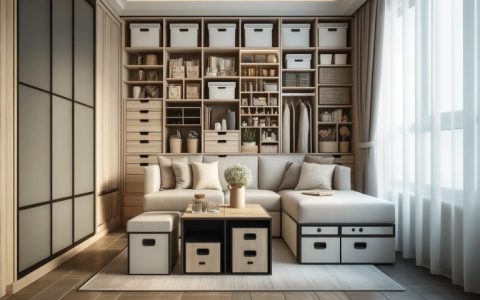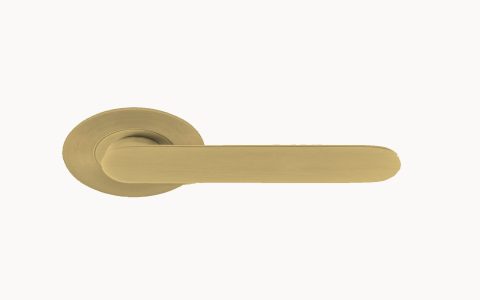The term "soft cabinet" refers to storage furniture designed with an emphasis on tactile qualities, gentler aesthetics, and often, quieter operation. Unlike traditional cabinetry that primarily focuses on hard, rigid materials, soft cabinets incorporate elements that evoke a sense of comfort, warmth, or refined user experience.
Key Characteristics of Soft Cabinets
Soft cabinets are distinguished by several features related to materials, functionality, and overall design language:
- Materiality:

- Upholstered Surfaces: Cabinet doors, drawer fronts, or even entire carcasses may be covered in fabric, leather, or synthetic alternatives. This introduces texture, color depth, and a physically soft touch.
- Soft-Touch Finishes: Application of matte, velvety, or rubberized coatings on wood, metal, or composite surfaces to create a non-glare, pleasant tactile experience.
- Natural or Pliable Materials: Incorporation of materials like felt, cork, or woven textiles as panelling or decorative elements.
- Functional Softness:
- Soft-Close Mechanisms: Essential hardware such as hinges and drawer slides that ensure doors and drawers close gently and silently, preventing abrupt noises and wear.
- Cushioned Internals: Linings made from soft materials within drawers or shelves to protect delicate items and dampen sound.
- Smooth Operation: High-quality runners and guides that provide effortless and quiet movement.
- Aesthetic Design:
- Rounded Edges and Forms: A departure from sharp, angular profiles, favouring curved corners and softer silhouettes.
- Minimalist Hardware: Often features integrated handles or push-to-open mechanisms to maintain a sleek, uncluttered look that complements the softer feel.
- Subtle Textures & Patterns: Use of materials with inherent textures that contribute to visual softness, rather than relying solely on bold, hard graphics.
Advantages of Soft Cabinets
- Enhanced User Comfort: The tactile nature of soft materials and finishes improves the interaction experience.
- Noise Reduction: Soft-close features and sound-dampening materials contribute to a quieter environment.
- Aesthetic Warmth: These cabinets can make a space feel more inviting, luxurious, or cozy compared to purely utilitarian designs.
- Increased Safety: Rounded edges can reduce the risk of injury, particularly in households with children.
- Design Versatility: The use of textiles and varied finishes allows for broader customization to match diverse interior styles.
Common Applications
Soft cabinet concepts are increasingly utilized in various environments:
- Residential Spaces: Bedroom wardrobes, living room media consoles, high-end kitchen islands, and children's furniture.
- Hospitality Sector: Hotel room furnishings, lounge area storage, and reception desks where a premium, comfortable feel is desired.
- Retail Environments: Boutique displays and luxury product showcases where the cabinet itself enhances the perceived value of items.
- Office Spaces: Modern offices aiming for a less institutional, more welcoming atmosphere, particularly in breakout areas or executive suites.
Ultimately, a "soft cabinet" prioritizes a more sensory and refined approach to storage, blending functionality with elements that appeal to touch, sight, and even sound.








